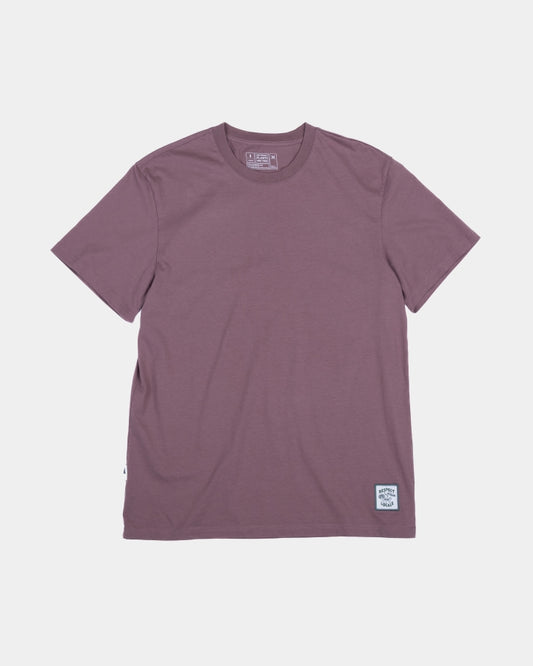Black Friday is just around the corner. It is the day when companies around the world try to entice consumers with massive discounts and special offers - often with success. In the fashion industry in particular, this event has become one of the biggest sales dates of the year. But who pays the highest price on Black Friday? That's right, the environment and not least the quality of our clothes.
The dark side of the consumer frenzy
The fast fashion industry is a major contributor to the climate crisis and is leaving a trail of ecological and social damage in its wake - this should no longer be news. But what does this mean in figures? Around 100 billion items of clothing are produced every year, most of them at extremely low prices. Black Friday only exacerbates this problem by triggering a veritable shopping spree. Unfortunately, mass production and a throwaway mentality have become the norm in recent years: in line with the motto "Buy, Wear, Dispose", enormous quantities of clothing are bought, especially on Black Friday. However, they are usually only worn a few times - if at all. After that, they often end up in the back corner of the closet for a long time or, in the worst case, in the bin after a very short time, either because they are no longer on trend or the quality is so poor that they break after just a few wears.
 Every year, millions of clothes that are worn briefly or not at all end up in piles of garbage.
Every year, millions of clothes that are worn briefly or not at all end up in piles of garbage.
Black Friday and the environmental costs of the fashion industry
What many people are not aware of is that producing a T-shirt requires thousands of liters of water, depending on the material and process, and the CO₂ emissions generated in the process cause considerable damage to the environment. At the same time, the constant pressure to produce clothing ever more cheaply leads to problematic working conditions in the countries of production. Especially on Black Friday, sales figures increase exponentially - and with them the consumption of resources. This creates a consumption cycle that is neither sustainable nor far-sighted.
Circular economy instead of a throwaway society
But there is hope, because more and more companies and consumers are realizing that the philosophy of "greed is cool" is reaching its limits. comes across. The trend is towards recycling, second-hand and the circular economy, which makes products reusable rather than just disposable. NIKIN, too, has made its mark with the "Circular Cashback" program has taken another step towards a circular future: worn, circular products can be returned and then recycled for new products without any loss of quality. This means that clothing stays in circulation for longer and does not end up in the gigantic landfill sites that otherwise feed the fashion industry.
Conscious consumption instead of a spending spree
Black Friday shows how easily we fall into a shopping frenzy and lose sight of the environment in the process. Many of the offers are also deceptive: the prices are often not cheaper at all, and the goods on offer are often not remaining stock but produced especially for this promotional day. Instead of letting ourselves be led by short-term bargains, we should think long-term - not only for the sake of our wallets, but above all for the sake of nature.




















